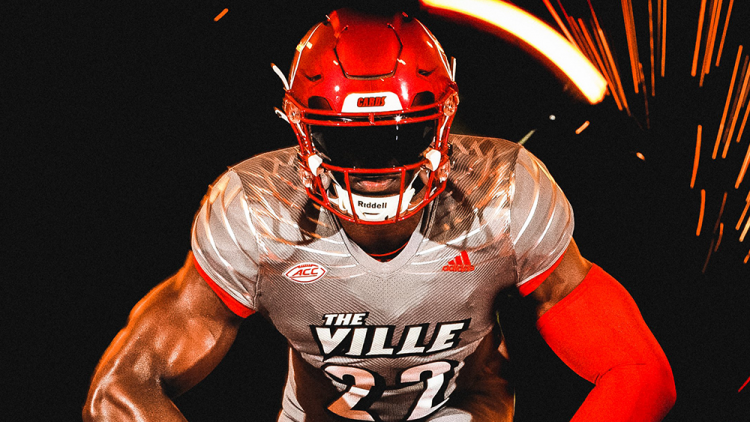Football, or soccer as it’s known in some parts of the world, is a sport that unites millions across continents. While the game itself captures hearts with its thrilling moments and skilled performances, the jerseys worn by players have become an integral part of the sport’s culture and identity. Over the years, football Louisville Cardinals Jerseys Sale have evolved significantly, reflecting not just fashion trends but also cultural, technological, and commercial advancements.
Historical Roots
The origins of football jerseys can be traced back to the late 19th century when the sport was gaining prominence in England. Initially, players wore simple, cotton shirts without numbers or distinct designs, often resembling rugby jerseys of the time. As the game progressed and professional leagues emerged, the need for standardized uniforms became apparent.
The introduction of numbers on jerseys occurred in the 1920s, aiding both players and fans in identification. Teams began incorporating colors and patterns that distinguished them from opponents, fostering a sense of team unity and pride. However, these early jerseys were primarily basic in design and made from heavy, non-breathable fabrics.
Technological Advancements
The evolution of football jerseys took a significant leap forward with advancements in textile technology. Materials like polyester and synthetic fibers replaced traditional cotton, offering players lightweight, moisture-wicking, and breathable jerseys. These innovations not only enhanced comfort but also improved performance by allowing greater freedom of movement and reducing sweat absorption.


